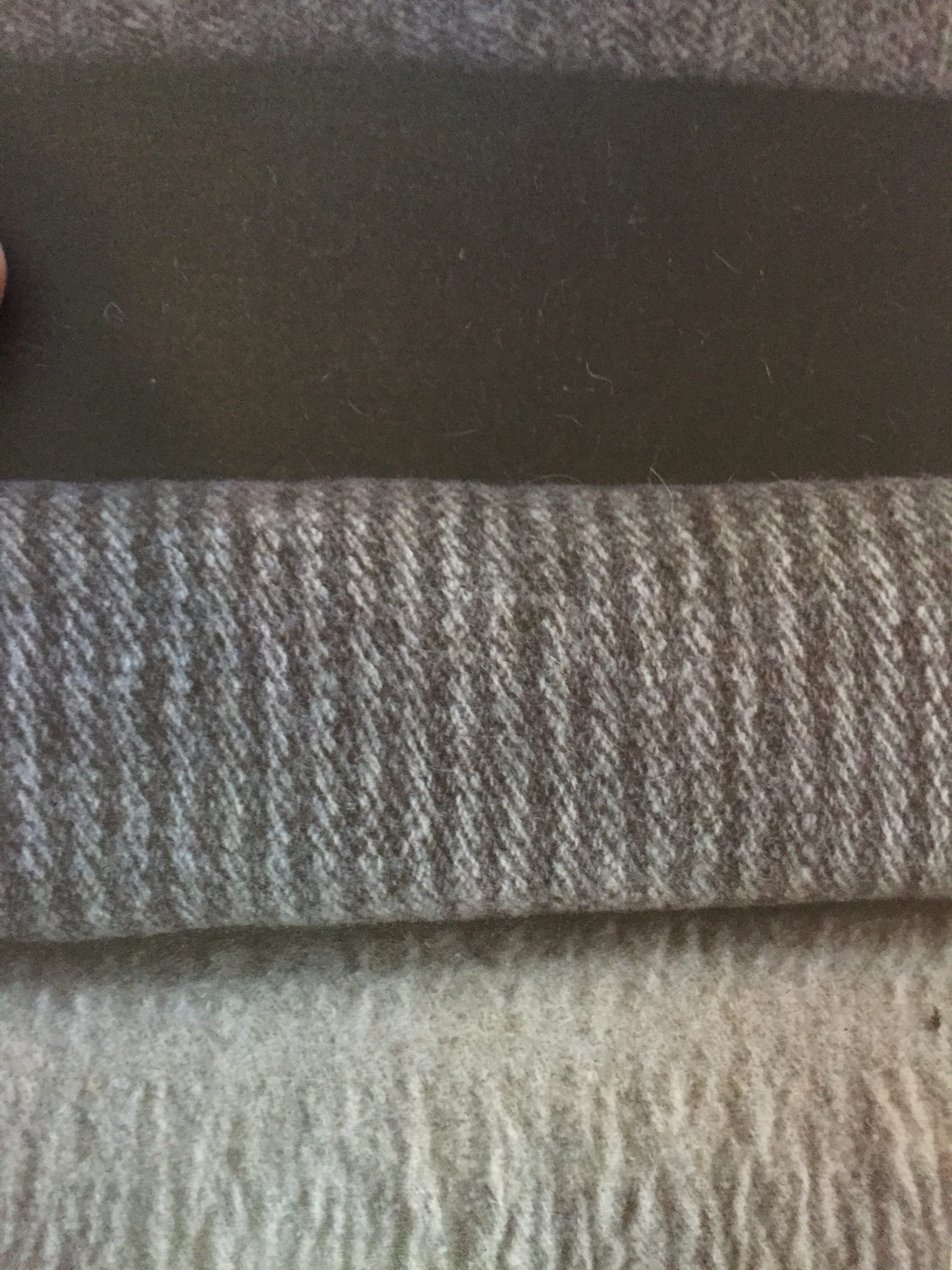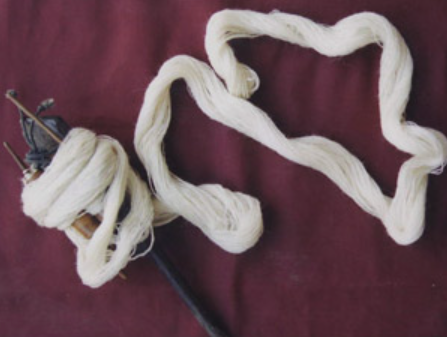Several techniques are used to create metal ware – old scrap is melted and sheer metal is also used. Shaping is done while heating or pouring molten metal into a mould. The turning process on a lathe smoothens the article by scraping and brushing. Soldering is done by using metal-alloy which is prepared by the artisan, followed by vigorous hand-polishing. Attractive colour combinations and metal textures are created by using techniques of inlay, overlay and appliqué.
In Jagadhari, Yamunanagar; Jind; Thathera Mohalla in Rewari traditional brass utensils are made like the Tokni-water pot, Degchi – cooking vessel, Nand-cylindrical containers, Parat-circular tray, Lota-water pot, Balti-bucket, Diya-oil lamps and toys Toys.
Following the technique of die-pressing and manually cold forging brass sheet the craftspeople use brass ingots as their raw material. This very organized production is done in an assembly line manner with specialized craftsmen doing that part of the production in which they are expert. For instance one workshop will sandcast, the next will manually shear the metal into the shapes required and die-press the sheets into hemisphers. At a third workshop the hemispheres will be manually worked with huge mallets till the desired shape is achieved. The joints and the neck are gas welded and he mouth is beaded. The products are hand polished with mud and tamarind d sandpapered. Finally,the walls are manually beaten with polished hammerheads to reinforce the sheet metal.
Gallery
YOUR VIEWS
PRACTITIONERS: INDIA
Access 70,000+ practitioners in 2500+ crafts across India.
BIBLIOGRAPHY
10,000+ listings on arts, crafts, design, heritage, culture etc.
GLOSSARY
Rich and often unfamiliar vocabulary of crafts and textiles.
SHOP at India InCH
Needs to be written.






